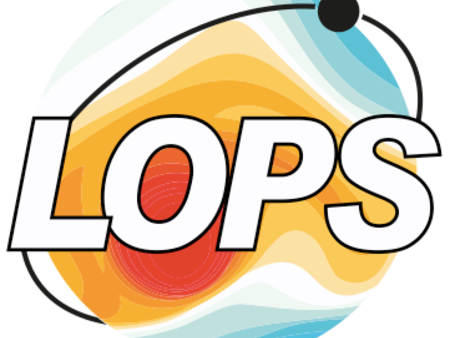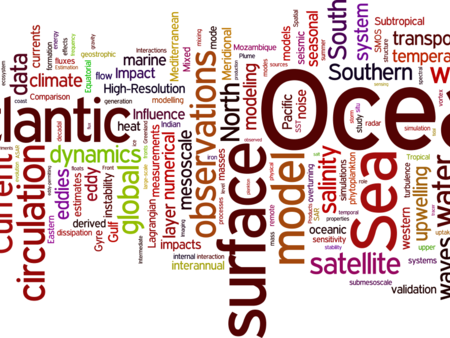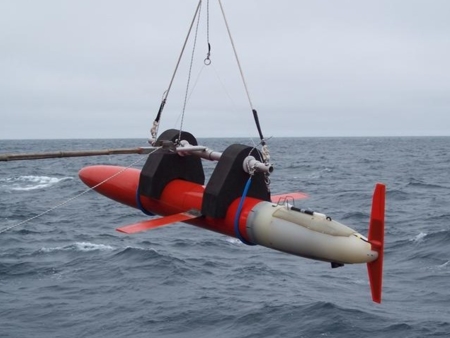Adrien Stella
Supervisors: Elodie Martinez, Camille Lique
Co-supervisors: Laurent Oziel, Lucas Drumetz
Started from : Oct. 2023
Context: Phytoplankton, small photosynthetic organisms carried by ocean currents, on top of being the basis for (almost) all marine ecosystems, play a major role in both absorbing carbon dioxide and producing oxygen - about as much as all biomass on earth.
The Arctic Ocean, a hotspot of ocean primary production and the region on Earth experiencing the most dramatic climate change, is home to some of the most intricate phytoplankton dynamics. There are extensive spring blooms in regions like the Barents sea, summer-long phytoplankton production following the ice-edge, as well as increasingly frequent autumn blooms. Below the surface, there are also subsurface chlorophyll maxima at the halocline and recently discovered intense under-ice blooms. Each region has its own assemblage of these different intertwined processes, and will thus respond differently to upcoming changes.
Its situation as a remote, hard to access ocean, combined to the polar night and ice cover, make it particularly challenging to gather scientific data about the Arctic, both from ships and from satellites. Hence, there are still many unknowns about phytoplankton dynamics there.
Goals: To provide a synoptic view of surface phytoplankton dynamics at the scale of the Arctic ocean. To investigate the links between physical environmental parameters like sea ice, winds, light, nutrients, etc. and phytoplankton dynamics, both at and below the surface. Ultimately, to describe phytoplankton dynamics and their links to underlying processes in the full basin, including below sea-ice.
Data: Satellite observations from various sensors and algorithms, mainly ocean color but also sea-ice concentration, sea-surface temperature and salinity, etc. In-situ measurements of chlorophyll-a and associated physical parameters.
Methods: After a first part of the PhD focused on uncovering trends and describing seasonal cycles in remote-sensed chlorophyll a, deep learning methods will be studied in order to create functions mapping phytoplankton to physical variables. The interest of the deep learning method is two-fold: interpreting the relationships learned by the neural networks to understand the reliance of primary production on the various predictors in different regions, as well as reconstructing phytoplankton data in areas where only physical measurements are available.
PhytAO is a trans-disciplinary PhD with elements of physical oceanography, biogeochemistry and artificial intelligence, based at LOPS and co-supervised at IMT Atlantique and the Alfred Wegener Institute.
Photo credit : NASA EO (https://earthobservatory.nasa.gov/images/51765/bloom-in-the-barents-sea)







